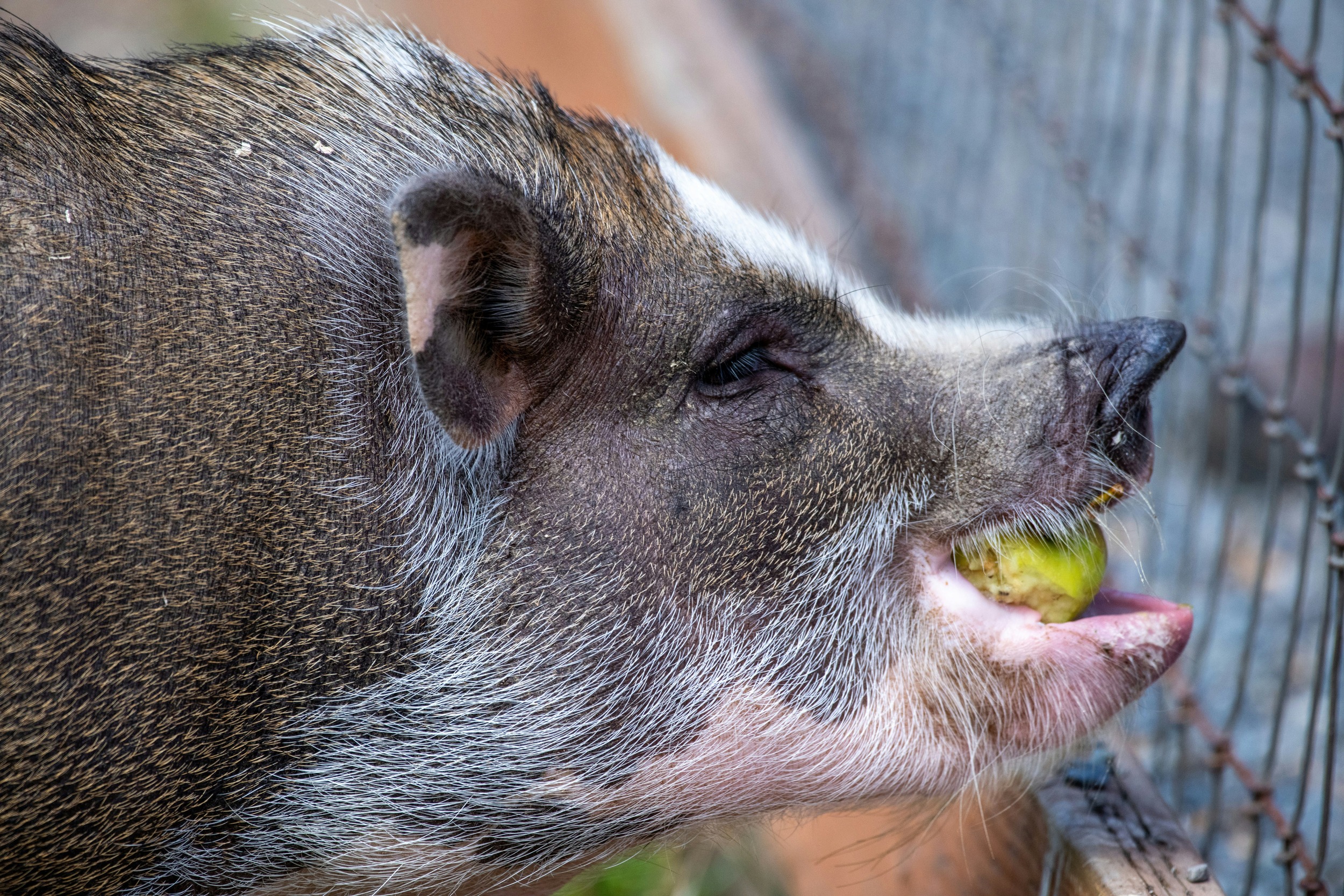Key Takeaways:
- ASAJA Murcia has introduced a strategic plan, “Ten Livestock Challenges,” focused on environmental and generational changes in Murcia’s livestock sector.
- The initiative will be launched at the SEPOR agricultural fair, a significant Mediterranean event for innovation in agriculture.
- The SINGEI project, a core part of this strategy, aims to reduce greenhouse gases in livestock through advanced technology and process innovations.
- The plan includes creating a carbon credits scheme to reward farms for reducing emissions.
Strategic Plan for Sustainable Livestock Practices
ASAJA Murcia, the organization representing livestock breeders and farmers in Murcia, has presented “Ten Livestock Challenges,” a strategic plan aimed at addressing pollution and environmental sustainability within the livestock sector. The strategy, designed for implementation in the Mar Menor region, will be showcased at SEPOR, a prominent agricultural fair in the Mediterranean region.
Focus on Emission Reduction and Carbon Credits
A primary component of this initiative is the SINGEI project, which focuses on reducing greenhouse gas (GHG) emissions in livestock, specifically targeting the swine sector. SINGEI employs technology and process improvements, including upcycling, water cogeneration, and biohacking applications, to reduce emissions. As livestock accounts for approximately 12% of global GHG emissions, this approach aims to mitigate the environmental footprint of livestock production.
SINGEI’s main goal is to reduce 80% of nitrates and 95% of odors from pig farms, converting emission reductions into SINGEI carbon credits. These credits will be recognized internationally and are intended to appeal to the futures market and voluntary carbon market investors. The initial SINGEI pilot is set to start in 2025 with 120 participating farms, with a target of reducing 10,000 tons of CO2 equivalent.
Long-term Environmental and Economic Goals
The SINGEI project also includes a loyalty program managed by Aurelian Biotech, encouraging ongoing participation from farms. The project aims to reach 5 million swine units and generate approximately 125,000 tons of CO2 reduction annually, with participants compensated yearly based on their emission mitigation performance.
Alfonso Gálvez, ASAJA Murcia’s general secretary, commented, “The Ten Livestock Challenges for Mar Menor, and particularly the SINGEI project, represent an important step toward enhancing working conditions and promoting sustainable livestock practices.”


